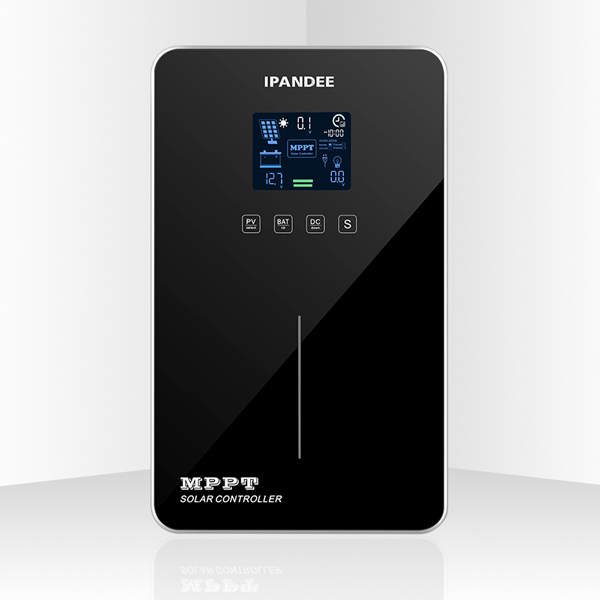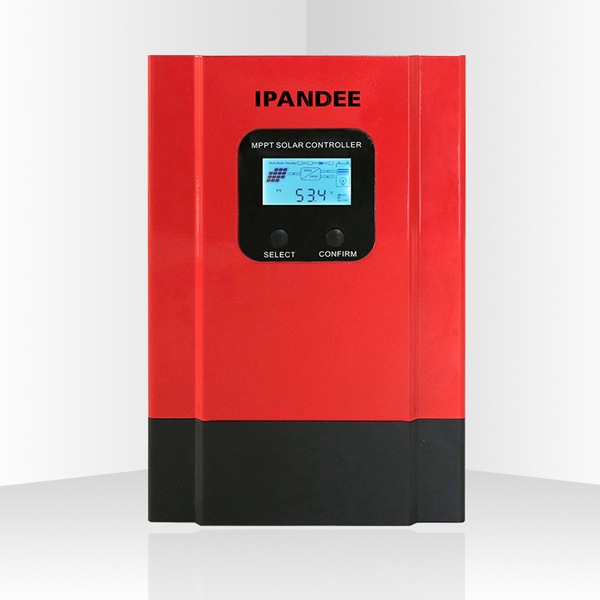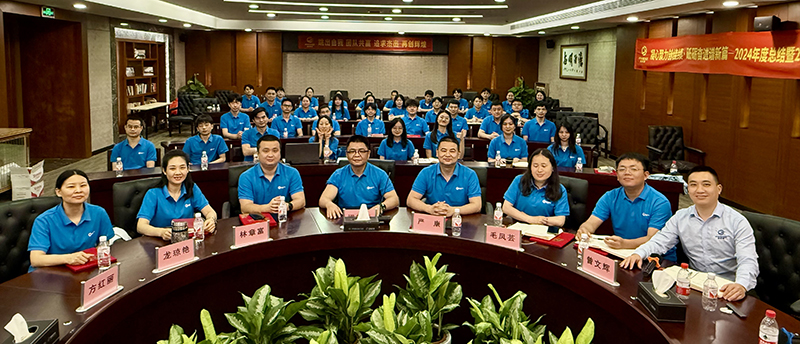Introduction to MPPT controllers
The full name of MPPT controller is "Maximum Power Point Tracking" solar controller, which is an upgraded product of traditional solar charge and discharge controllers.
The MPPT controllers can detect the generating voltage of solar panels in real-time and track the highest voltage and current value (VI), making the system output at the maximum power for charging the battery. It is the brain of photovoltaic systems and coordinates the operation of solar panels, batteries, and loads.
Principles of MPPT Solar Controller
In order to charge the battery, the output voltage of the solar panel must be higher than the current voltage of the battery. If the voltage of the solar panel is lower than the voltage of the battery, the output current will be close to 0. Therefore, for safety reasons, the peak voltage (Vpp) of the solar panel is set to around 17V at the standard temperature of 25°C when it is manufactured.
When the weather is very hot, the peak voltage of the solar panel may drop to around 15V, but in cold weather, the peak voltage of the solar panel can reach 18V.
Now, let us compare the difference between the MPPT solar controller and the traditional solar controller. The traditional solar charge and discharge controller is like a manual gearbox. When the engine speed increases, if the gear is not shifted accordingly, it will inevitably affect the speed of the car.
However, for the MPPT solar controller, the charging parameters are set before leaving the factory. In other words, the MPPT controller will track the maximum power point in real-time to achieve the maximum efficiency of the solar panel. The higher the voltage, the more electricity can be outputted through maximum power tracking, thereby improving charging efficiency.
In theory, the use of MPPT controllers in solar power generation systems can improve efficiency by 50% compared to traditional systems. However, according to our actual tests, due to the influence of surrounding environment and various energy losses, the final efficiency can also be improved by 20%-30%.
In this sense, MPPT solar charge and discharge controller will inevitably replace traditional solar controllers.
Functions of MPPT solar controller
The main functions of MPPT controllers are to detect the DC voltage and output current of the main circuit, calculate the output power of the solar array, and track the maximum power point.
Resistors R and MOSFET are connected in series. Under the condition of stable output voltage, the average current through the resistor is changed by changing the duty cycle of MOSFET, generating current disturbance. At the same time, the output current and voltage of the photovoltaic cells will also change. By measuring the changes in the output power and voltage of the photovoltaic cells before and after the disturbance, the direction of the next cycle of disturbance is determined. When the disturbance direction is correct, the output power of the solar panel will increase, and the disturbance will continue in the same direction in the next cycle. Otherwise, it will be disturbed in the opposite direction. In this way, the maximum power point of the solar panel is achieved through disturbance and observation repeatedly.
 English
English  한국어
한국어  français
français  Deutsch
Deutsch  Español
Español  italiano
italiano  русский
русский  português
português  العربية
العربية  tiếng việt
tiếng việt  ไทย
ไทย  Polska
Polska  中文
中文







